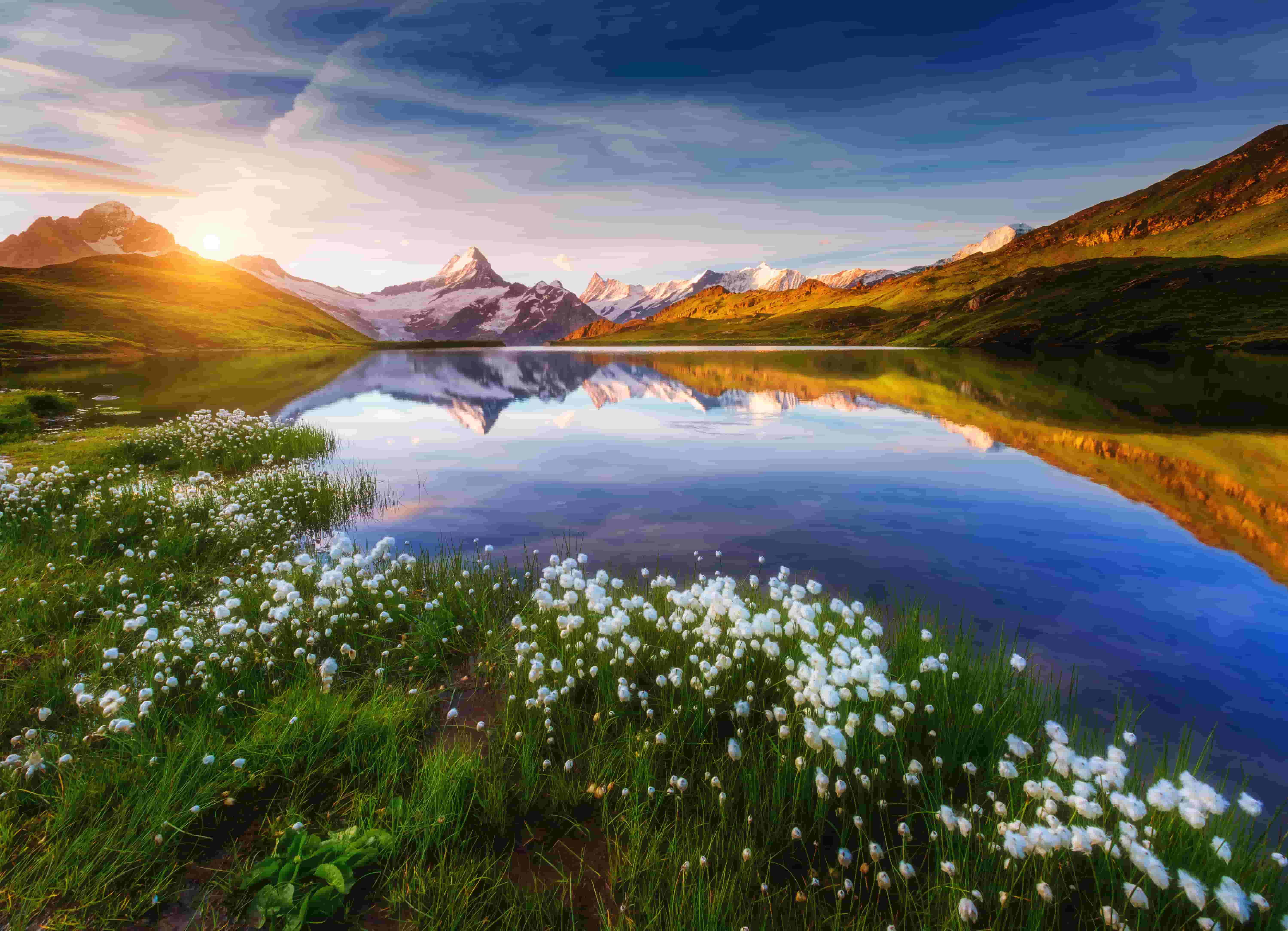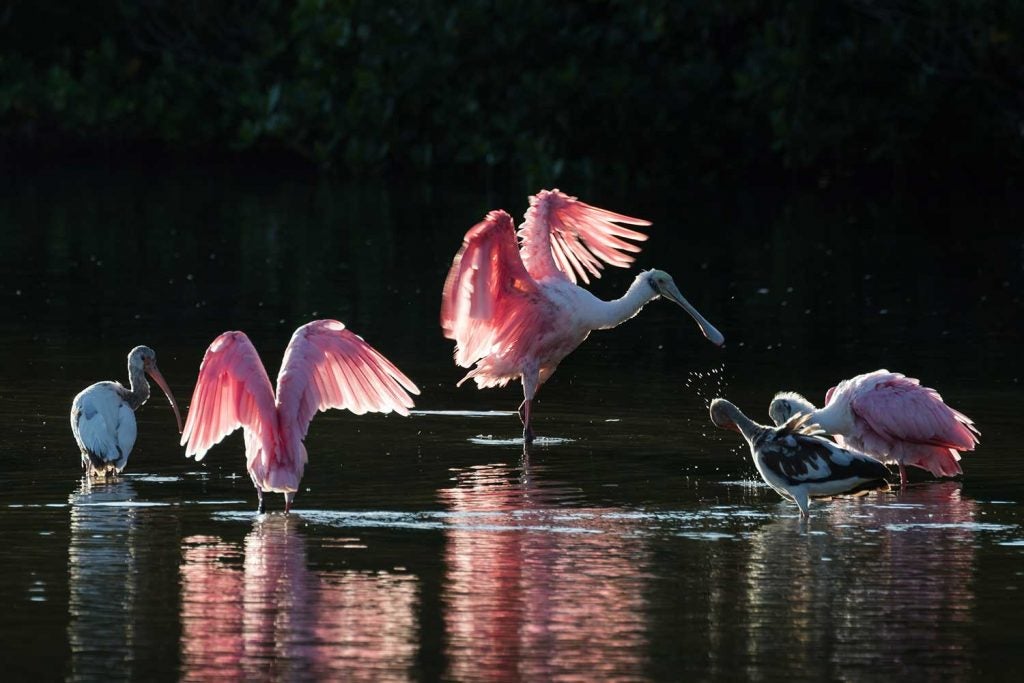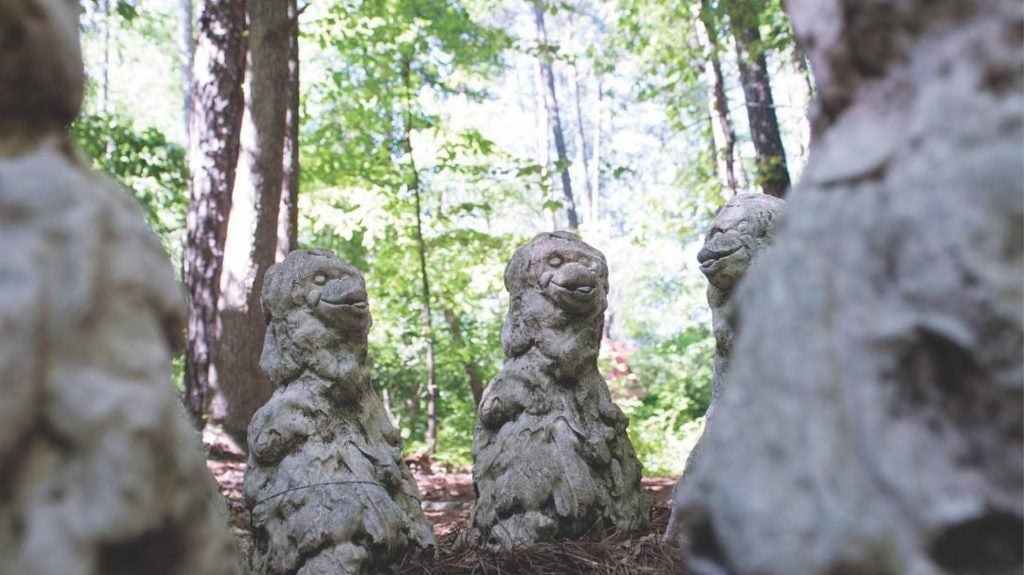This post is brought to you by our friends at Wild Zora, the healthy creators behind paleo meals to go, a backpacking alternative to your typical freeze-dried food — perfect for fueling your healing journeys to an alpine lake.
What’s your water?
It’s a question that might seem odd at first, but according to Wallace J. Nichols, Ph.D., a marine biologist, almost everyone has an answer. Numerous studies have been conducted on the benefits that water has on both our health and our happiness — those who live near the coast tend to be happier.
Whether you’ve set out for a beach trip in search of soothing ocean waves, planned a fly fishing expedition for the peace of morning rivers, or backpacked to a remote lake for the refreshing chill of aline water, you likely did so (perhaps subconsciously) to reach your “blue mind” — a term coined by Nichols that describes our brain’s state when we see bodies of water.
So what’s my water? This is a tough one. As someone who grew up in San Diego, California, I went to the beach almost daily for my formative years. The Pacific Ocean became a familiar place to return to, even after I left California for the East Coast. But as I’ve wandered this country — from New York to Montana to Oregon and now to Utah — I have grown to find my water in a serene alpine lake surrounded by mountains.
Discovering Alpine Lakes in the West
Alpine lakes are found at high altitudes, typically starting at about 5,000 feet in elevation. The water found in these lakes tends to be clearer since the cold temperatures keep algae at bay. It’s because of this that you often see those phthalo blue waters, surrounded by mountains, that make for the perfect landscape photograph.
Due to the higher elevation, alpine lakes often require more calf-busting hikes — but the view is almost always worth it.
My colleague and I separately embarked on challenging alpine lake journeys. Kayla Haas’ alpine adventure took place in The Dyrt’s home state of Oregon, and mine was set in the Rocky Mountains of Utah. Two completely different terrains and climates offered two wildly different alpine lake adventures.
Oregon’s (Almost) Alpine Lake
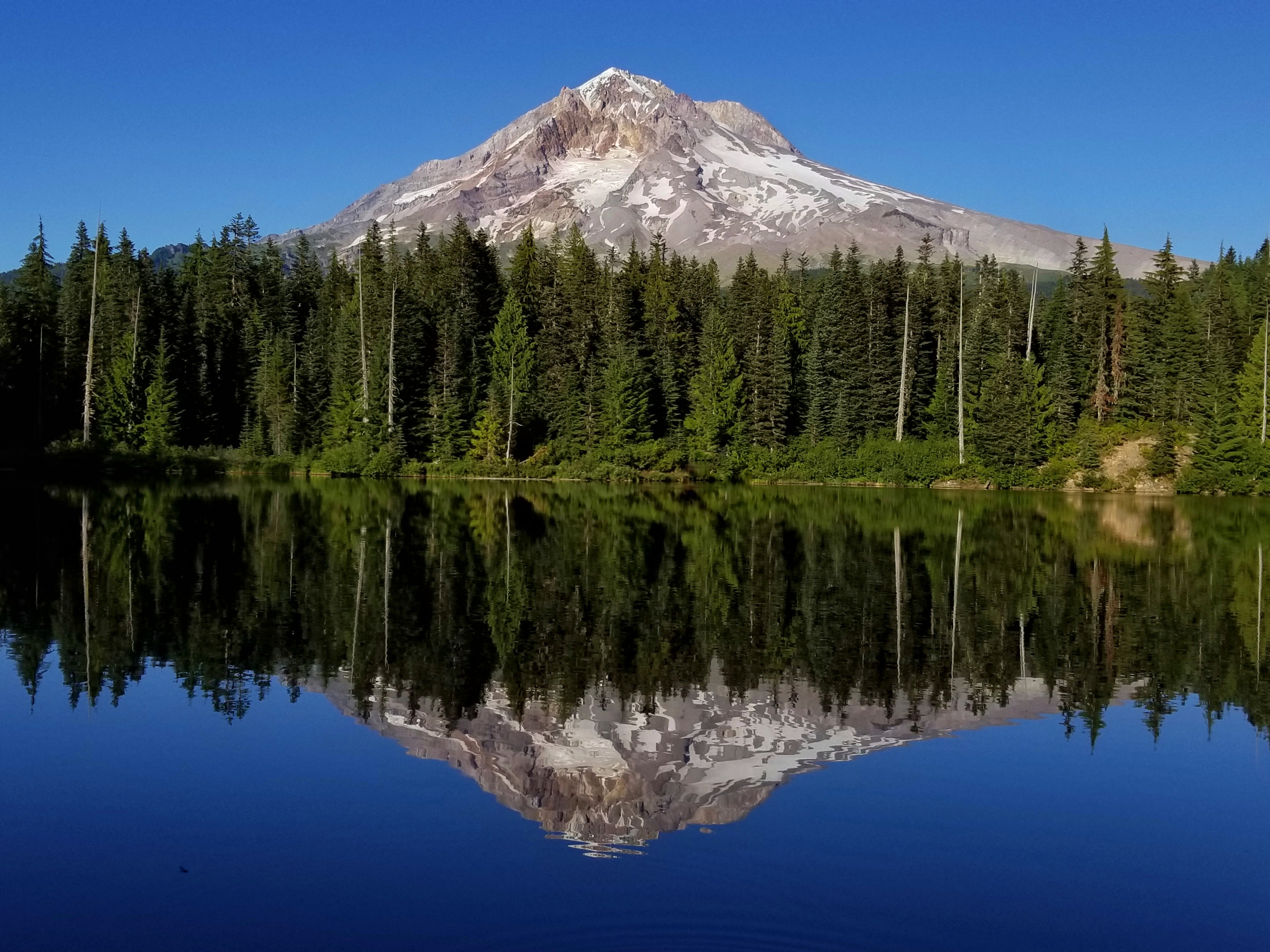
View of Mount Hood from the shore of Burnt Lake. Courtesy of Kayla Haas
Kayla Haas, a team member at The Dyrt, recently set out on a solo backpacking trip to find her water in an almost-alpine lake in Mount Hood National Forest.
Why almost? Haas backpacked to Burnt Lake, near Zigzag Mountain and in the Mount Hood wilderness. While it boasts spectacular views of Mount Hood, the lake sits at 4,100 feet in elevation. But it’s pretty darn close and just as much of a feat to reach.
“For my first solo backpacking trip, I wanted a somewhat-secluded lake, but not something so remote that I would be in trouble if something went south,” Haas said. “I wanted to be out there far enough to find quiet and feel the solitude, yet still have the safety and comfort of being somewhat close to civilization and help.”
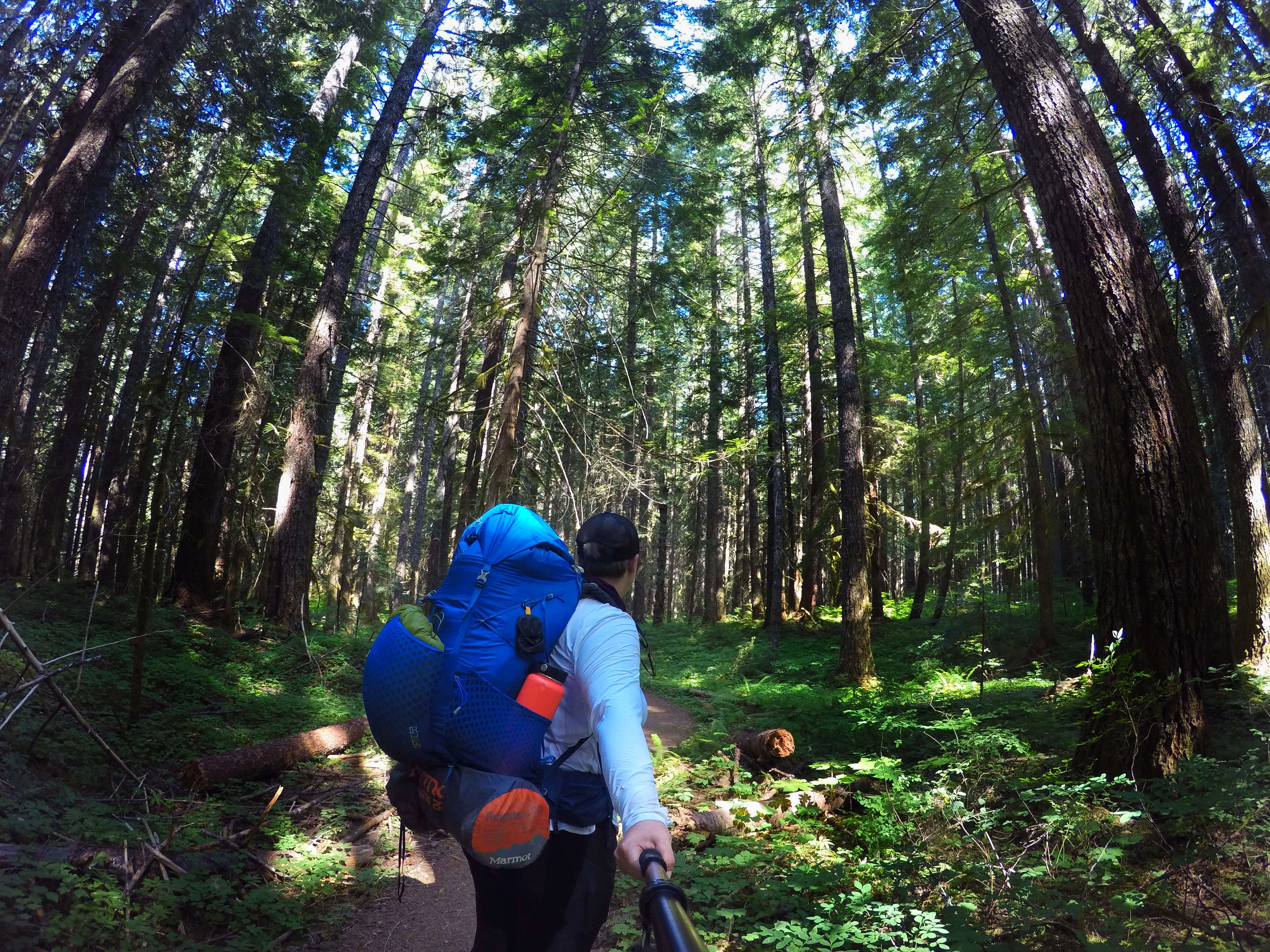
Haas hiking to Burnt Lake. Courtesy of Kayla Haas
The trail to Burnt Lake clocks in at roughly 6.5 miles and is used by day hikers and backpackers. The lake got its name from two large forest fires in 1904 and 1906. But with more than a century of forest growth, Burnt Lake is lined with green pines and provides a spectacular view of Mount Hood.
“The lake was beautiful and the biting flies were out of this world,” Haas said. “The lake was the perfect size. It was small enough to be warmed up to bath tub temperatures, but big enough that the water was clean for swimming. After hiking in nearly triple digit temps for a couple hours with a 40-pound pack, I was ready to take a dip.”
Haas grew up going to lakes with her family in Eastern Washington, and her family has a cabin along Lake Roosevelt.
“I love to hike to lakes, but also find peace and serenity at waterfalls. If I had to pick “my water” it would be a chilly crystal clear alpine lake,” Haas said. “I love the freshness of the water. It’s refreshing after a sweaty hike and purifies my soul.”
Bushwhacking to Utah’s Hidden Gems
Around the same time that Haas discovered Burnt Lake, I ventured on a backcountry hike to explore my new home state of Utah. This journey took me to a remote alpine lake in the Uinta Mountains, near the border of Wyoming.
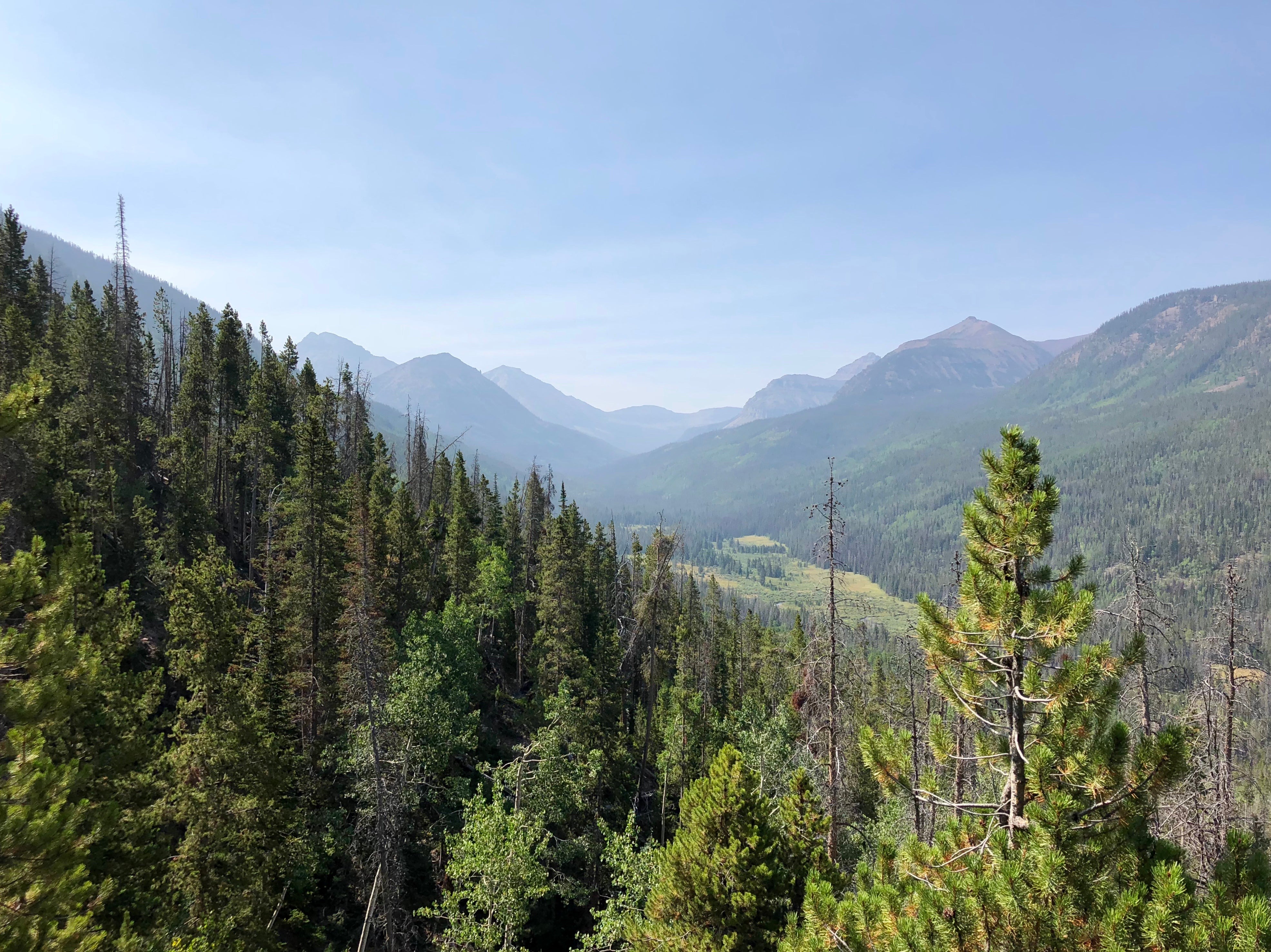
Uinta Mountains in Utah. Courtesy of Kristen Byrne
The Uinta Mountains are a subrange of the Rocky Mountains. They are technically a glaciated range, however, no glaciers remain due to the climate. The Uintas are home to more than 1,000 lakes and ponds, which makes choosing a remote alpine lake at random pretty simple.
I wanted to hike to a spot that my partner and I would have to ourselves so we could fly fish and enjoy the solitude of the wilderness. And boy, we sure did. To call what we did a hike would be an understatement. Instead, my partner and I bushwhacked what looked like only a mile up the mountain to get to Scow Lake from Christmas Meadows, where we were camping. There was no trail to follow except for the small game trails left behind by ungulates. We started at about 8,800 feet in elevation, and ended at the lake at about 10,200 feet.
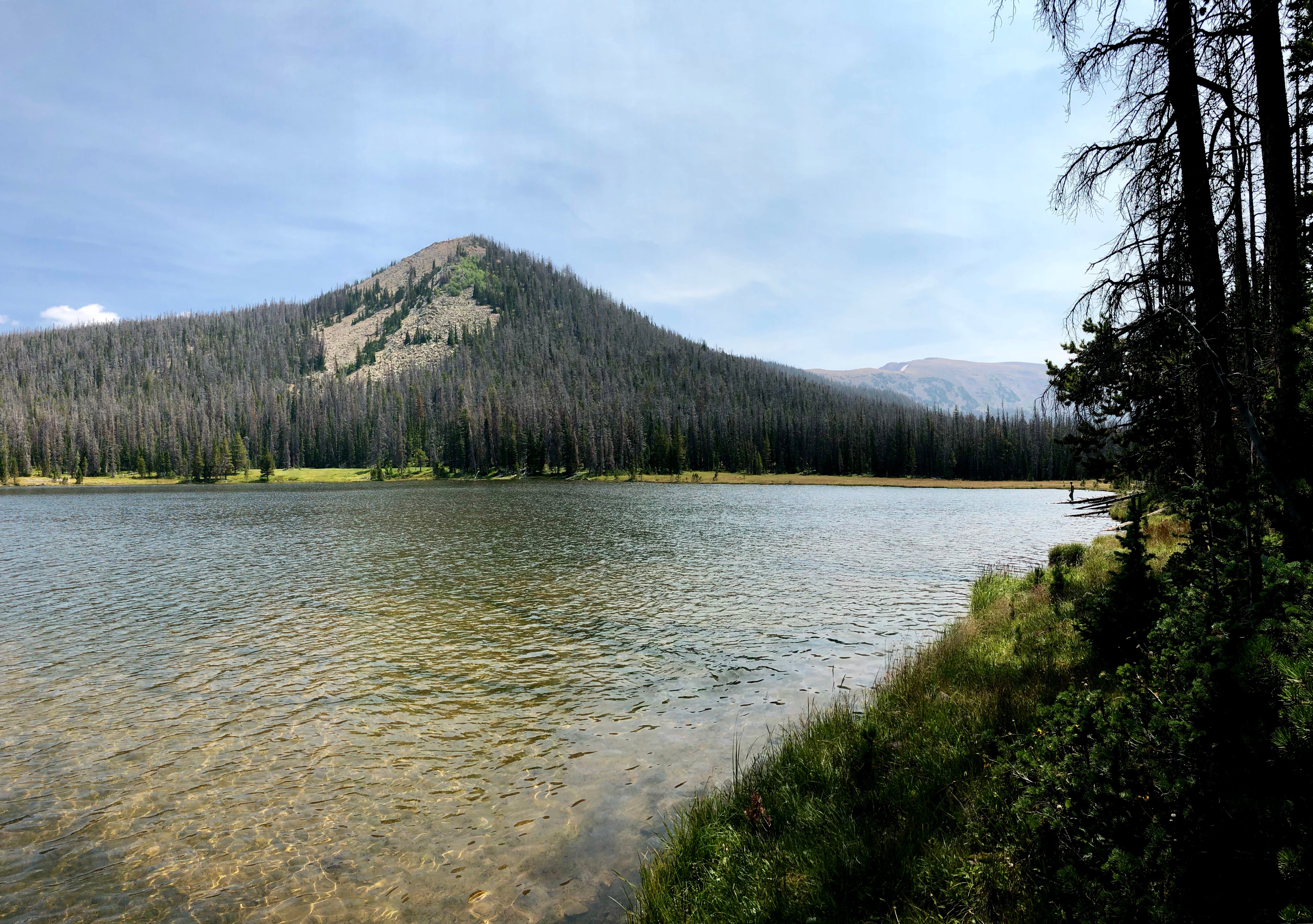
Scow Lake in the High Uinta Mountains. Courtesy of Kristen Byrne
Once there, we put together the fishing rod and I dipped my hands in the crystal clear water. This alpine lake didn’t have that aquamarine blue hue that many do, but it was beautifully clear nonetheless, and worth every stop and gasp for air as I acclimated to the elevation.
Staying Fueled for Alpine Adventures
No matter the adventure, what you put into your body is of the utmost importance, and these trips were no different. Both Haas and I fueled our alpine lake journeys with Wild Zora’s paleo meals to go, which were tasty, energizing, and filling.
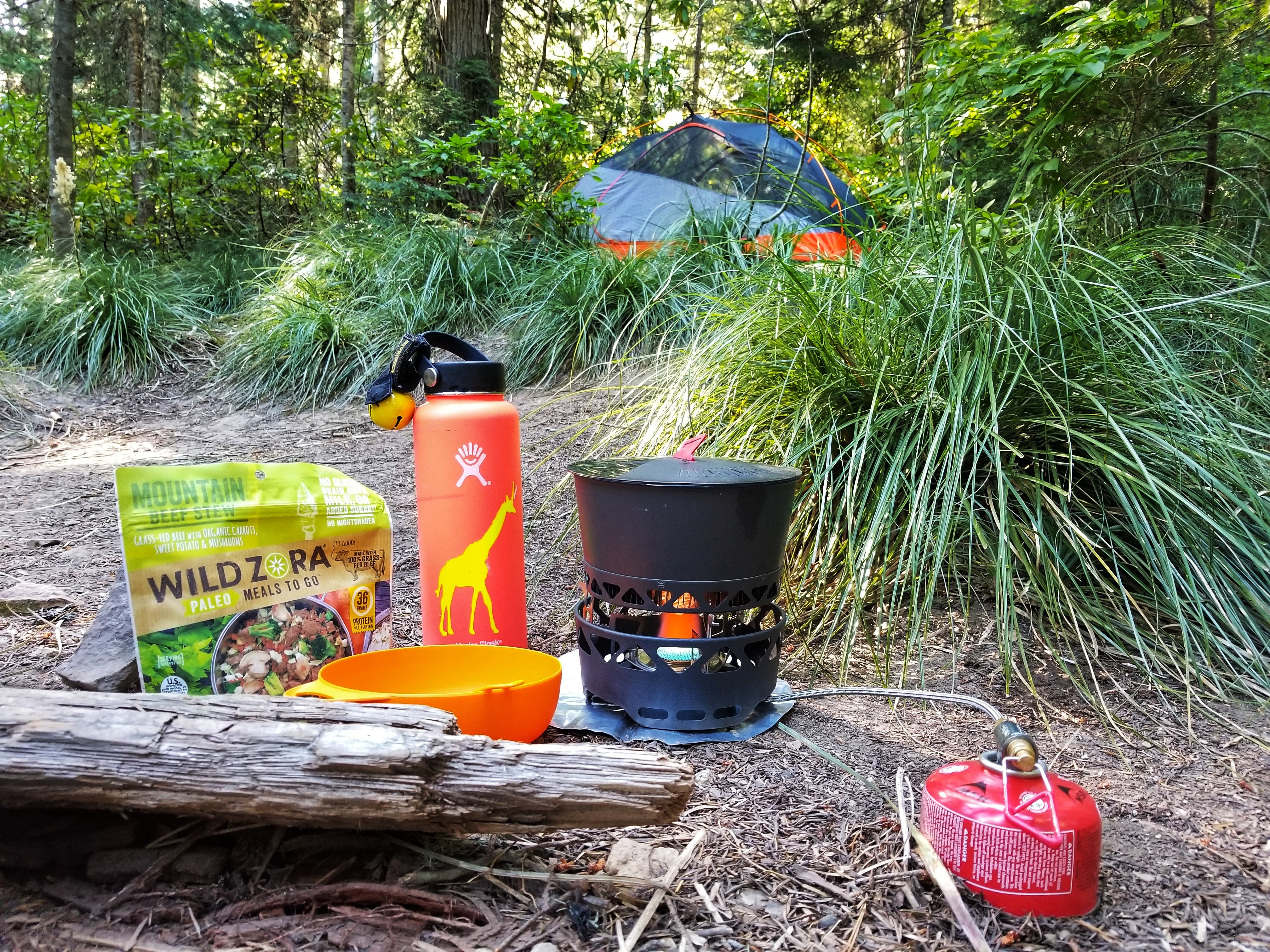
Haas’ cooking spread at Burnt Lake. Courtesy of Kayla Haas
Haas tried the Mountain Beef Stew for a dinner by Burnt Lake. “It was the best freeze-dried backpacking meal I’ve ever had,” Haas said. “It was flavorful and filling. The texture was great too — the vegetables were crisp and fresh. The Wild Zora Mountain Beef Stew was a meal that I wish I had more of — it was that good. I felt like I was a gourmet chef.”
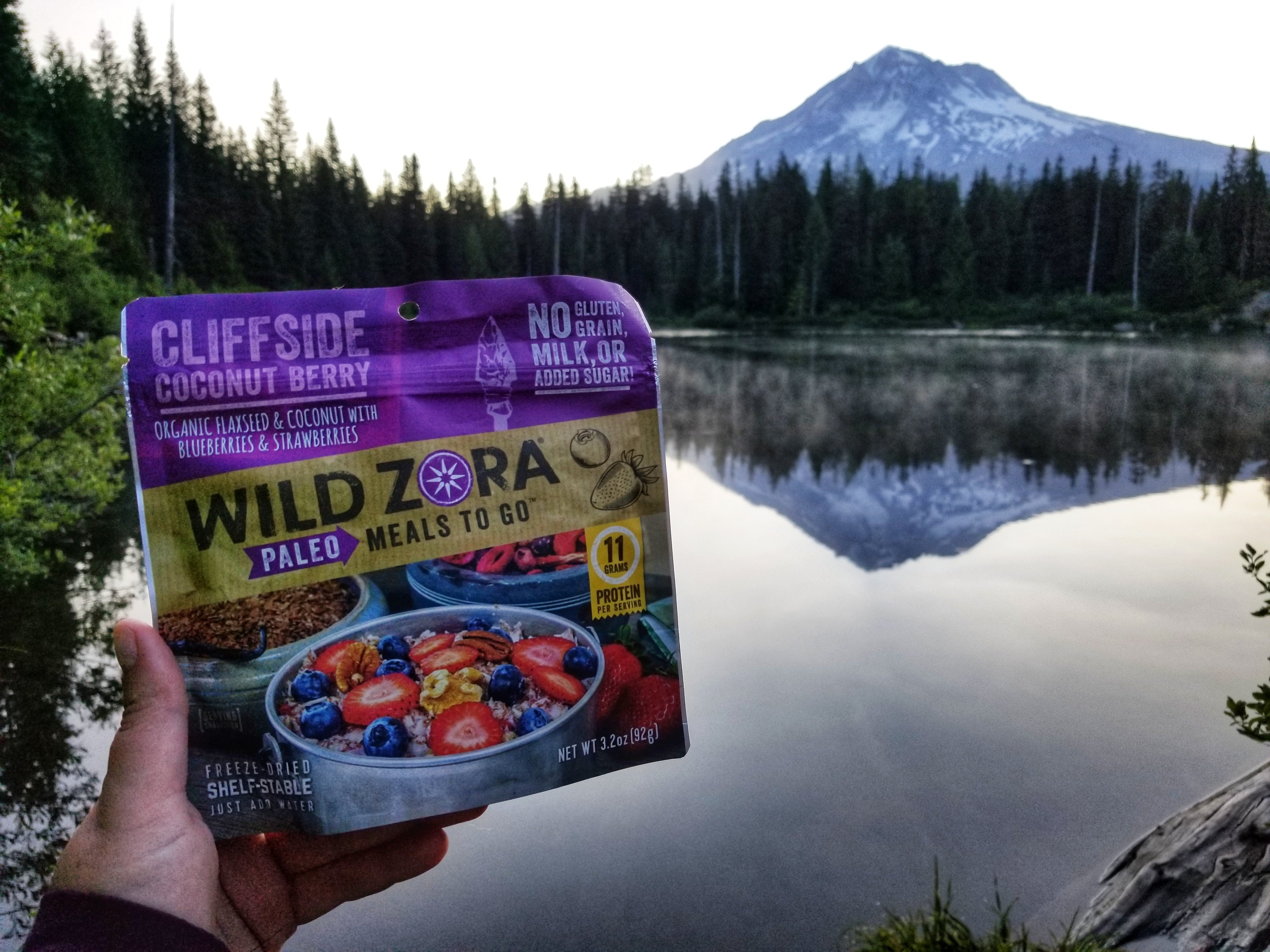
Wild Zora’s Cliffside Coconut Berry with Mount Hood in the background. Courtesy of Kayla Haas
Haas continued on her Wild Zora cooking frenzy the next morning, “For breakfast, I headed down to the lake shore at sunrise. I took my Primus stove, instant coffee, and my Wild Zora Cliffside Coconut Berry. It was flavorful without being overly sweet, and, again, the texture was fantastic. I was in heaven with my coffee, tasty and filling breakfast, and watching the sunrise over Mount Hood.”
For my own dinner, I boiled some water and cooked up the Caldera Chicken Curry. The combination of simple cooking, perfect portion size and aromatic flavors made this lakeside dinner just right. It made me realize that backpacking food doesn’t have to take away from the surreal experience, but can supplement it.
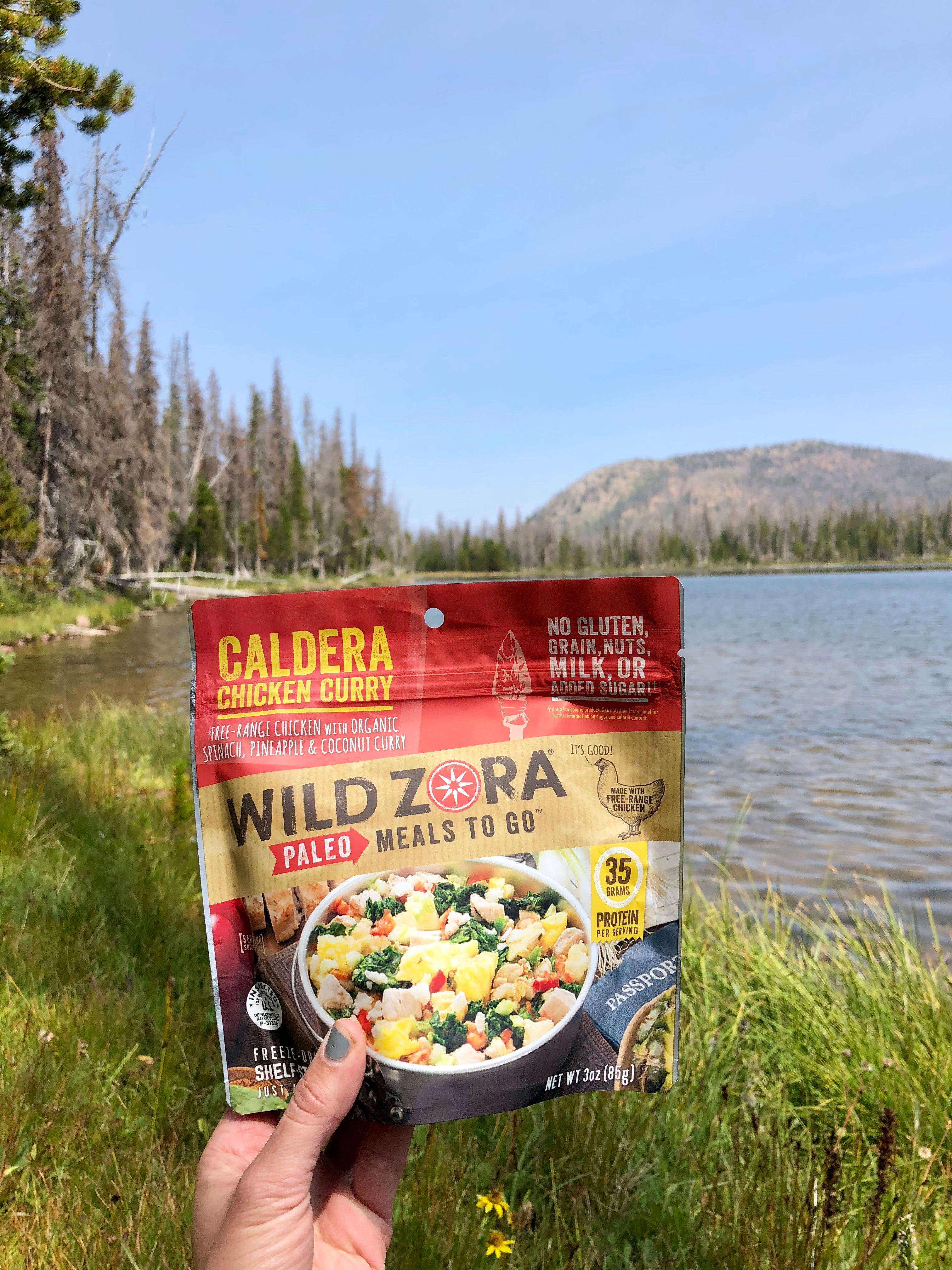
Wild Zora’s Caldera Chicken Curry by Scow Lake. Courtesy of Kristen Byrne
Popular Articles:
Articles on The Dyrt Magazine may contain links to affiliate websites. The Dyrt receives an affiliate commission for any purchases made by using such links at no additional cost to you the consumer.

